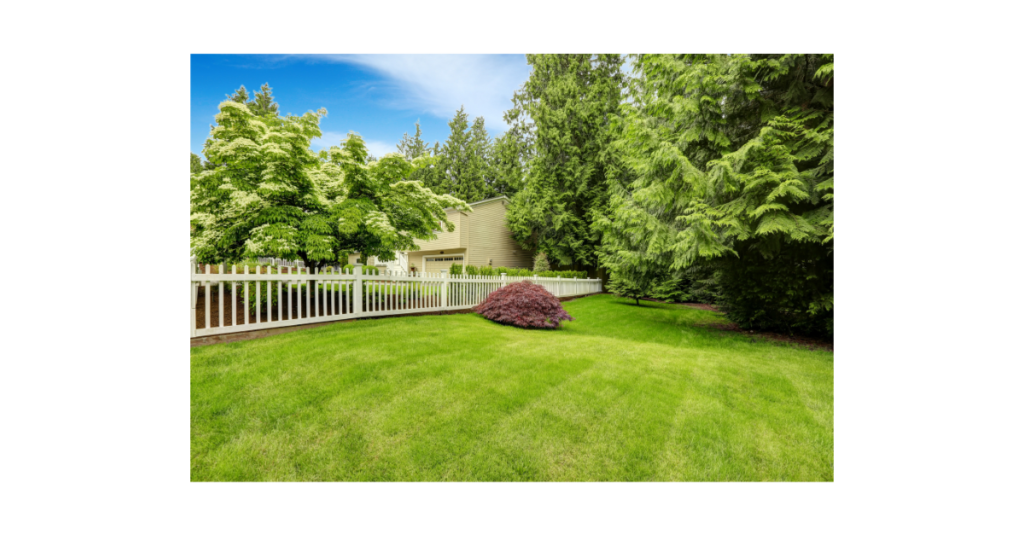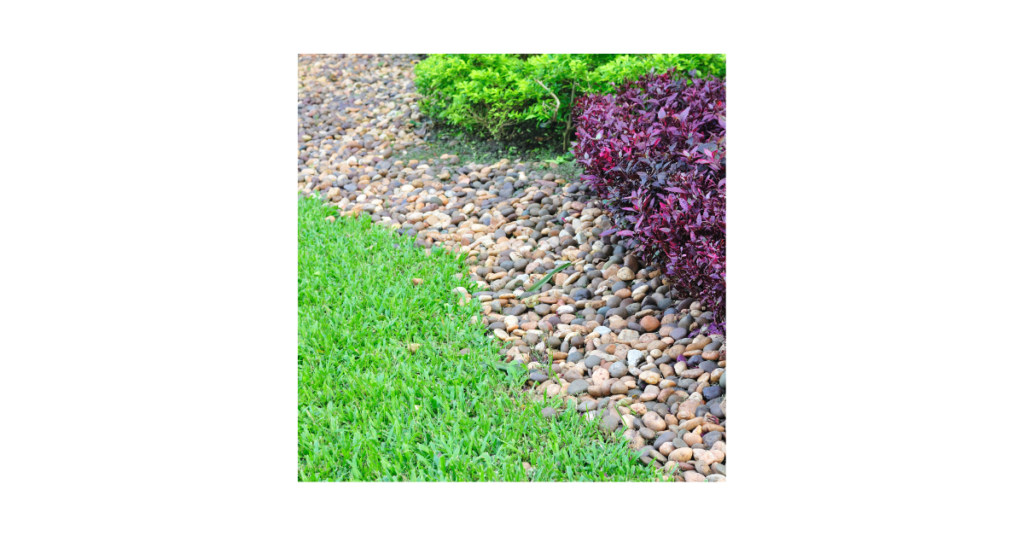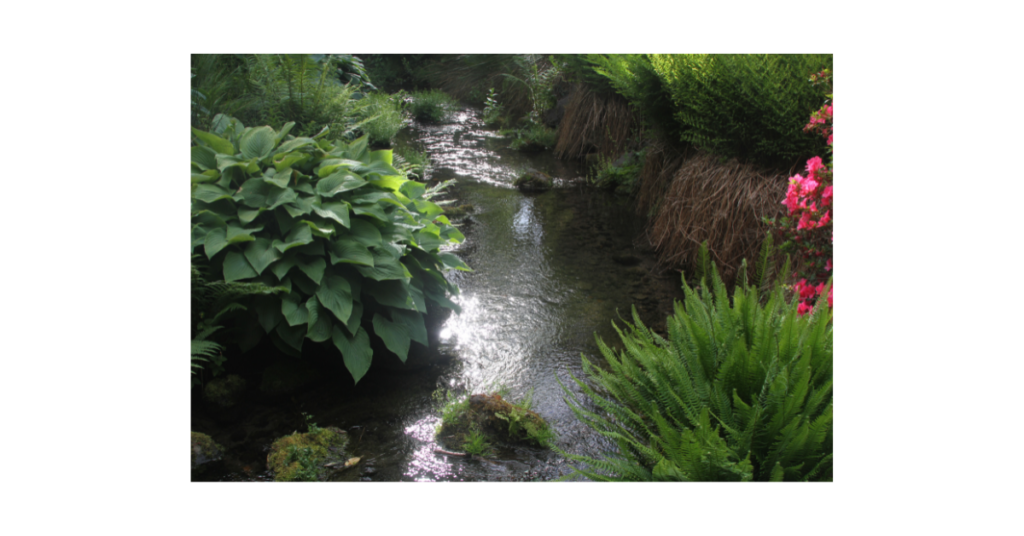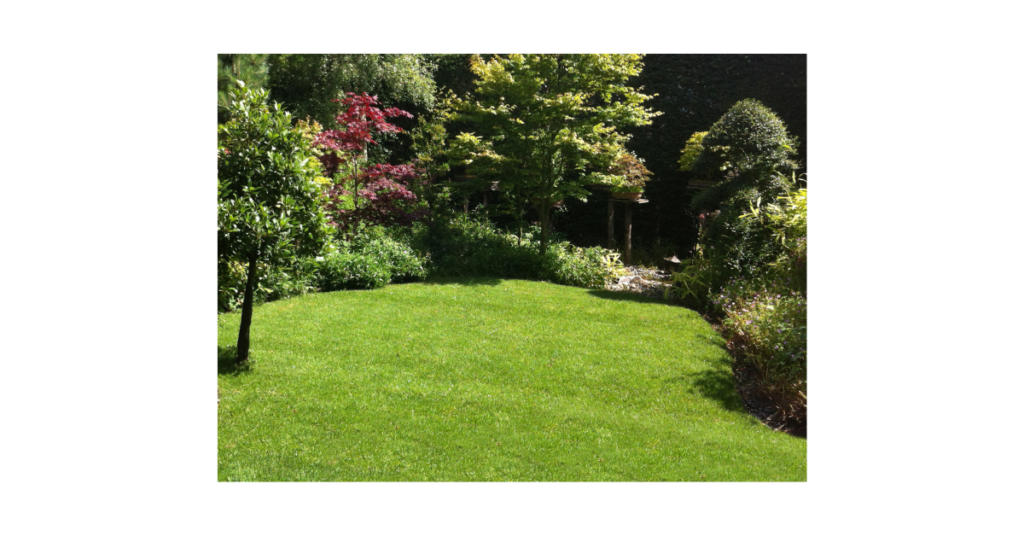The leaves are changing and the air is getting crisp, which means fall is here! Fall is a great time to get your landscaping in order before winter hits. In this blog post, we will discuss five fall landscaping tips for Greensboro, NC to help you make the most of the season.

Tip #1: Clean up your yard
As trees and plants go dormant for the winter, be sure to clean up any dead leaves, twigs, and other debris that may have accumulated in your yard. Fall is a great time to trim back overgrown shrubs, bushes, and tree branches. Cutting back excessive growth will help promote new growth come springtime.
It’s also important to aerate your lawn in the fall. Over time, soil can become compacted from frequent foot traffic and mowing. Aerating will loosen up the soil and allow better water and nutrient absorption. Use an aeration tool to punch holes into your lawn about 2-3 inches deep. Focus on high traffic areas first. Afterwards, spread grass seed over the aerated areas to fill in the holes and encourage new growth.
Fertilizing your lawn in the fall helps provide nutrients that will carry your grass through the winter. Look for a fertilizer that is higher in nitrogen and potassium. Avoid weed and feed fertilizers at this time of year. Instead, opt for a dedicated weed control treatment if needed. Always follow the product instructions carefully when applying fertilizer. Time your application around 6-8 weeks before your average first frost date.

Tip #2: Plant fall flowers
One of the best parts of fall landscaping is introducing autumn colors through fall flowers. Some popular annuals that thrive in the Greensboro climate include:
- Chrysanthemums – Available in a variety of colors like red, orange, yellow, white, and purple. They add cheerful pops of color to your fall landscaping.
- Pansies – These cold-tolerant flowers come in many colors and patterns. They will often come back the following spring.
- Violas – Similar to pansies with smaller blooms. They work great in containers.
- Asters – Daisy-like blooms that attract pollinators. Grow them in masses for a big impact.
- Ornamental kale and cabbage – Not just for eating! These leafy brassicas display unique colors and textures.
When planting fall flowers, make sure to give them full sun to partial shade depending on variety. Water them regularly, especially during the first few weeks after planting. This will encourage healthy root establishment. Adding a layer of mulch around your flowers will help retain soil moisture.
For a coordinated look, group your fall flowers together in beds, borders or containers. Repeat colors throughout your yard. As your fall flowers fade later in the season, swap in pansies, ornamental kale or cabbage for winter interest.

Tip #3: Mulch your garden beds
Applying fresh mulch to your garden beds in fall offers a variety of benefits:
- Helps suppress weeds – Mulch forms a physical barrier that prevents weed seeds from germinating.
- Retains moisture – A 2-3 inch layer of mulch will help keep soil evenly moist, reducing watering needs.
- Insulates plants – Mulch helps protect plant roots from extreme cold in winter.
- Adds organic matter – As mulch gradually breaks down over time, it improves soil structure and fertility.
Some popular mulching options include:
- Shredded pine bark – Has an attractive dark reddish-brown color that contrasts nicely with plants.
- Wood chips – Made from chipped up branches and twigs. Chips come in various sizes.
- Shredded leaves – Rake up leaves from your yard and run them over with a lawn mower to create leaf mulch.
- Straw – Provides great insulation for vegetable gardens and bulb beds. Source salt hay or weed-free straw.
- Compost – Nutrient-rich homemade compost makes excellent mulch.
When applying mulch, make sure the garden bed is well-watered first. Spread mulch 2-3 inches deep around plants, leaving a couple inches of space around the base of each plant to allow air circulation. Reapply more mulch as needed in spring.

Tip #4: Protect your plants from frost
If an early frost is predicted in the Greensboro area, you’ll want to take steps to protect any vulnerable plants in your yard. Annuals, tropical plants, and container plants are most susceptible to frost damage. Here are some tricks to safeguard your greenery:
- Cover plants with frost cloth – This specially made fabric allows air and light through while trapping heat. Drape the cloth directly over plants and secure the edges with stakes or rocks. Remove it daily so plants can photosynthesize.
- Use old sheets or burlap – On chilly nights, loosely cover plants with spare sheets, burlap sacks or other fabric. Just remember to remove them in the morning.
- Move potted plants together – Grouping your container plants close together will help insulate them. You can also push the pots right up against the house.
- Use cold frames – These structures have a transparent top that harnesses sunlight. Place vulnerable potted plants inside a cold frame during cold snaps.
- Bring plants indoors – Your most fragile plants can be relocated indoors temporarily until the risk of frost has passed. Just make sure to gradually reacclimate them to the outdoors.
- Water well before a freeze – Moist soil will retain more heat than dry soil. Give plants a good soak the day before a potential frost.
- Avoid excessive pruning – Leafy growth actually helps protect plants from frost, so prune selectively.
Tip #5: Prepare your lawn for winter
Your fall lawn care regimen is crucial for helping your grass thrive into winter and re-emerge healthy in spring. Here are some tips for winterizing your lawn:
- Fertilize – Look for a special winterizing or fall fertilizer that is higher in potassium and lower in nitrogen. This will strengthen grass roots and improve winter hardiness. Apply in late fall around your area’s first average frost date.
- Raise mowing height – Allow your lawn grass to grow slightly taller, to 2 1⁄2 – 3 1⁄2 inches. The extra length will provide insulation for the crown and roots.
- Continue watering – Dry grass is vulnerable to winterkill. Water thoroughly if needed going into winter, but reduce frequency once temperatures drop consistently below 50°F.
- Repair bare spots – Use a mix of compost and grass seed to patch up thin or bare areas in your lawn before winter sets in.
- Aerate again – One more round of aerating at the end of fall will help open up the soil and allow moisture, oxygen and nutrients to better penetrate grass roots.
- Leaf management – Use your mower to mulch leaves into the lawn, or rake excess leaves so they don’t suffocate grass.
- Give fertilizer time to absorb – Avoid walking on frozen grass to prevent damage to roots. Hold off on mowing dormant grass in winter as well.

With the proper fall preparation, your lawn will bounce back healthy and lush come springtime. Always adjust fall lawn care dates according to your local weather and grass type. Performing these key maintenance practices will ensure your yard looks its best through the autumn months and into the colder seasons.
Conclusion
Fall brings abundant opportunities to enhance the landscape around your Greensboro home. By following these seasonal landscaping tips, you can keep your yard looking its best all season long:
- Cleaning up debris, pruning bushes and fertilizing prepares your lawn for colder weather
- Planting fall flowers like mums, pansies and cabbage adds vibrant colors
- A fresh layer of shredded pine bark or leaf mulch nourishes your gardens
- Protecting plants from early frosts prevents damage
- And proper mowing, fertilizing, aerating and watering will put your grass to bed for winter
With a well-executed fall landscaping plan, your yard will look tidy through fall, stay insulated during winter, and leap back to life come spring. For more tips or help carrying out these tasks, contact our team of Greensboro landscaping professionals today. We service both residential and commercial properties. Let’s talk about achieving your ideal outdoor space this fall!
